In today’s visually driven world, graphic design and animation play a vital role in shaping how brands communicate, entertain, and engage audiences. Both are creative fields that rely heavily on visuals, yet they differ in purpose, process, and skills. Understanding the difference between graphic design and animation is essential for students, professionals, and businesses that want to use visual media effectively.
This detailed guide explains what each discipline involves, how they differ, and where they overlap, helping you decide which field suits your interests or project needs.
What is Graphic Design
Graphic design is the art and practice of creating visual content to communicate messages. Designers use typography, color, imagery, and layout to convey ideas that inspire, inform, or captivate consumers. It combines creativity and strategy, transforming concepts into visual forms that serve both aesthetic and functional purposes.
Graphic design covers a wide range of areas such as brand identity design, print design, digital design, advertising design, and editorial design. A graphic designer may create logos, brochures, posters, packaging materials, website visuals, or magazine layouts. The goal is to make visuals attractive and easy to understand while ensuring that the message connects with the target audience.
What is Animation
Animation is the process of creating moving visuals that bring images, characters, or objects to life. Animators use sequences of images that change gradually to create the illusion of motion. It combines art, storytelling, and technology to produce videos, films, and digital experiences that emotionally engage the viewer.
Animation includes different forms such as 2D animation, 3D animation, motion graphics, stop motion, and visual effects. Animators use specialized tools like Adobe After Effects, Blender, Maya, or Toon Boom to design and animate objects and characters. The main focus of animation is storytelling and movement, allowing creators to add life, rhythm, and emotion to their work.
Main Difference Between Graphic Design and Animation
Although both fields share creative roots, the main difference between graphic design and animation lies in their purpose and output. Graphic design focuses on static visuals used for communication, while animation deals with motion and storytelling.
Graphic design involves creating logos, posters, web layouts, and advertisements that do not move. Animation involves producing videos, films, or digital clips where objects or characters move. Graphic designers work with tools such as Adobe Photoshop, Illustrator, or InDesign, while animators use After Effects, Blender, or Maya.
The goal of a graphic designer is to deliver a message quickly and clearly through still visuals, whereas the animator’s goal is to tell a story or explain a concept through movement. Graphic design projects are generally faster to produce, while animation takes more time due to motion planning, rendering, and editing.
In short, graphic design focuses on communication, while animation focuses on storytelling and motion.
Graphic Design vs Animation in Skills and Creativity
Both fields demand creativity, but apply it differently. Graphic designers focus on visual hierarchy, color balance, and typography. They use these elements to create designs that capture attention and communicate ideas clearly. Their creativity lies in composition and branding.
Animators, on the other hand, are storytellers. They think about movement, timing, and expression. They create characters, environments, and actions that connect with emotions. Animation requires not just artistic skill but also technical understanding of frame rates, keyframes, and transitions.
While a graphic designer’s work might end with a beautiful poster or logo, an animator takes that design further by making it move, talk, or express emotion. Both need imagination, but animation requires an additional sense of rhythm and flow.
Educational Path and Career Opportunities
The educational paths for both fields share similarities, but each has its own focus. Graphic design courses concentrate on color theory, layout design, branding, and digital tools like Photoshop or Illustrator. Animation courses emphasize storytelling, 3D modeling, character design, and software such as Blender or Maya.
A person pursuing a career in graphic design can work as a graphic designer, UI or UX designer, brand identity designer, print designer, or art director. Those who choose animation can become 2D or 3D animators, motion graphic artists, storyboard artists, VFX artists, or game animators.
Both industries are growing rapidly. Graphic designers are in demand across marketing, advertising, and digital media, while animators are sought after in film, gaming, and online content creation. Many professionals even combine both skills to expand their creative opportunities.
Tools Used in Graphic Design and Animation
Graphic designers use software such as Adobe Photoshop, Illustrator, CorelDRAW, Canva, and Figma. These tools help in creating static visuals for both print and digital platforms.
Animators use software like Adobe After Effects, Blender, Autodesk Maya, Cinema 4D, and Toon Boom Harmony. These programs are used to add motion, effects, and 3D elements to graphics.
The tools clearly show the distinction between the two fields. Graphic design tools are meant for composition and layout, while animation tools are designed for creating dynamic motion and effects.
How Graphic Design and Animation Work Together
Even though graphic design and animation are different, they often complement each other perfectly. A graphic designer might create the logo, typography, or color palette, while an animator brings those elements to life through motion.
In marketing, a static social media post designed by a graphic designer can become a short animated ad through animation. In web design, UI or UX designers work with motion graphic artists to create interactive transitions or animated effects that enhance user experience.
This collaboration between design and animation makes digital content more engaging, modern, and memorable. Many companies now prefer professionals who can handle both design and animation to create cohesive and appealing visual content.
Which is Better: Graphic Design or Animation
There is no definite answer to which field is better, as both depend on your personal interests and goals. If you enjoy creating clean, creative visuals and working with branding, layouts, and typography, then graphic design may be ideal for you. If you are fascinated by motion, storytelling, and digital video production, then animation might be the better choice.
Both fields offer excellent career growth and creative satisfaction. The future of digital content creation lies in combining both skills. A designer who understands motion design or an animator who knows design principles can stand out in the competitive creative industry.
Conclusion
The difference between graphic design and animation lies not only in motion versus stillness but in their overall purpose. Graphic design communicates ideas visually through static elements, while animation brings those ideas to life through movement.
Both disciplines are essential in the modern digital world, shaping how people see, feel, and interact with brands and content. Whether you choose to design stunning visuals or create moving stories, both paths offer endless opportunities for creative growth.
Ultimately, graphic design and animation share the same mission to communicate, engage, and inspire through the power of visuals. Understanding the difference between them helps you appreciate how each contributes uniquely to the world of art, media, and communication.
| Course Name | Date | |
|---|---|---|
| Artificial Intelligence Certification Course |
Class Starts on 25th November,2023 25th November SAT&SUN (Weekend Batch) |
View Details |


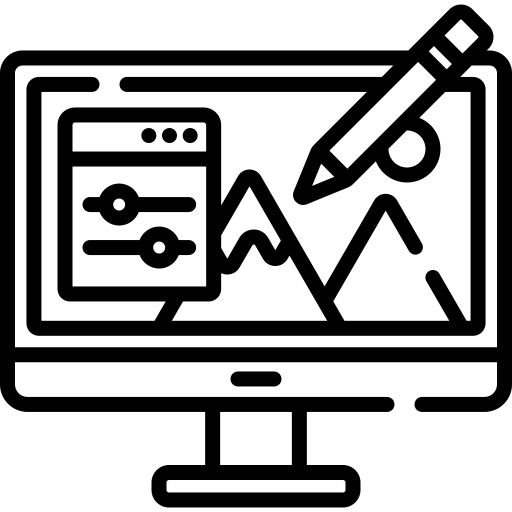

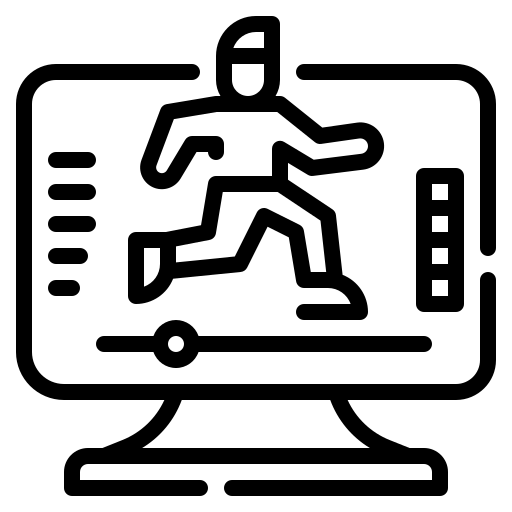
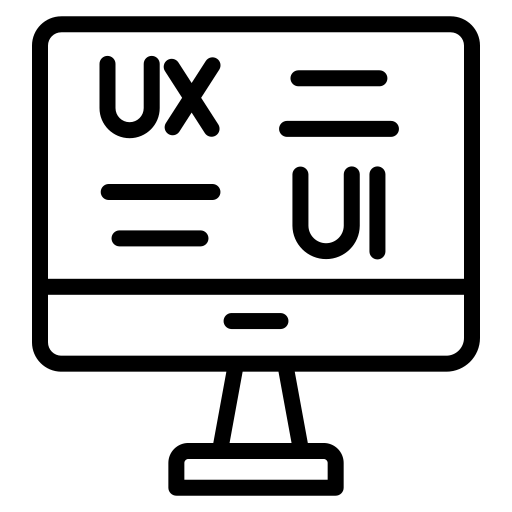
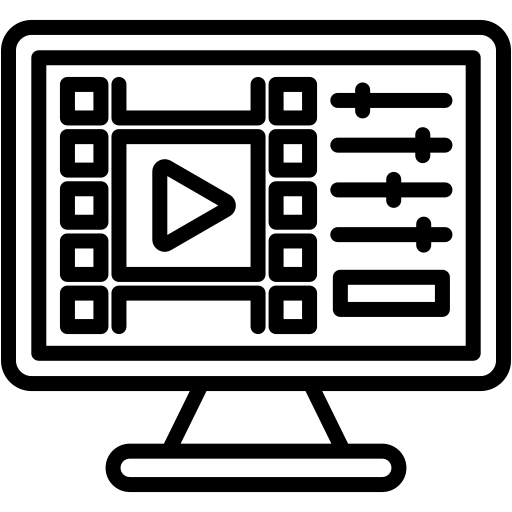
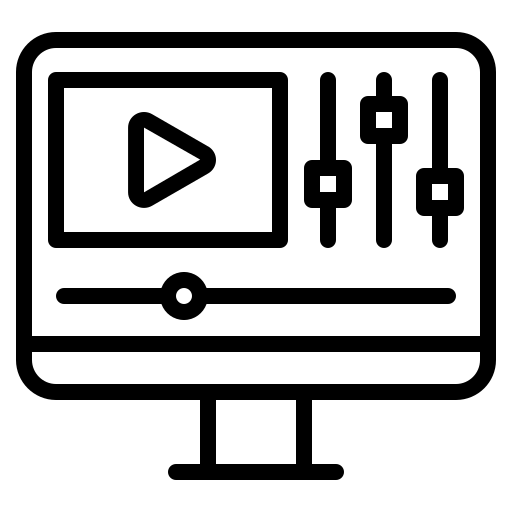
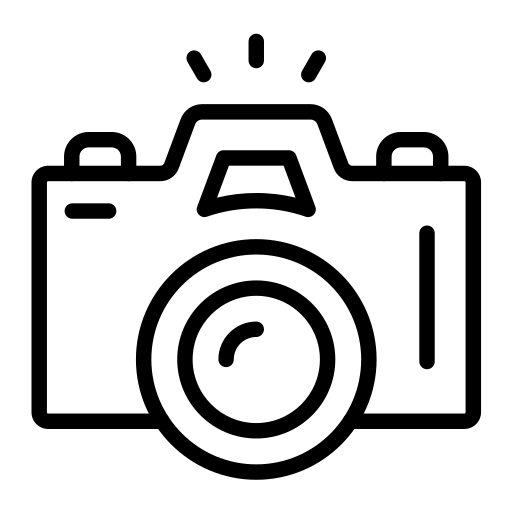

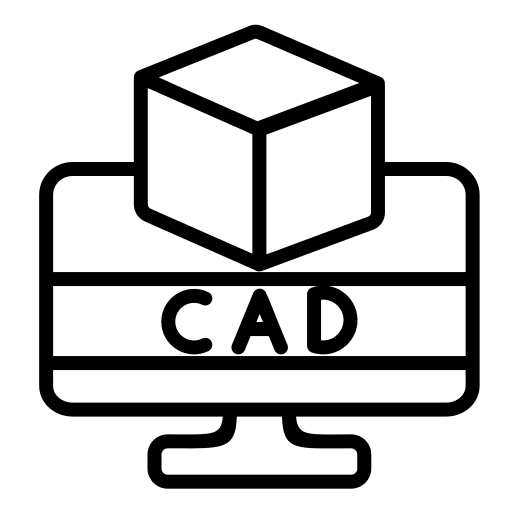









.webp)
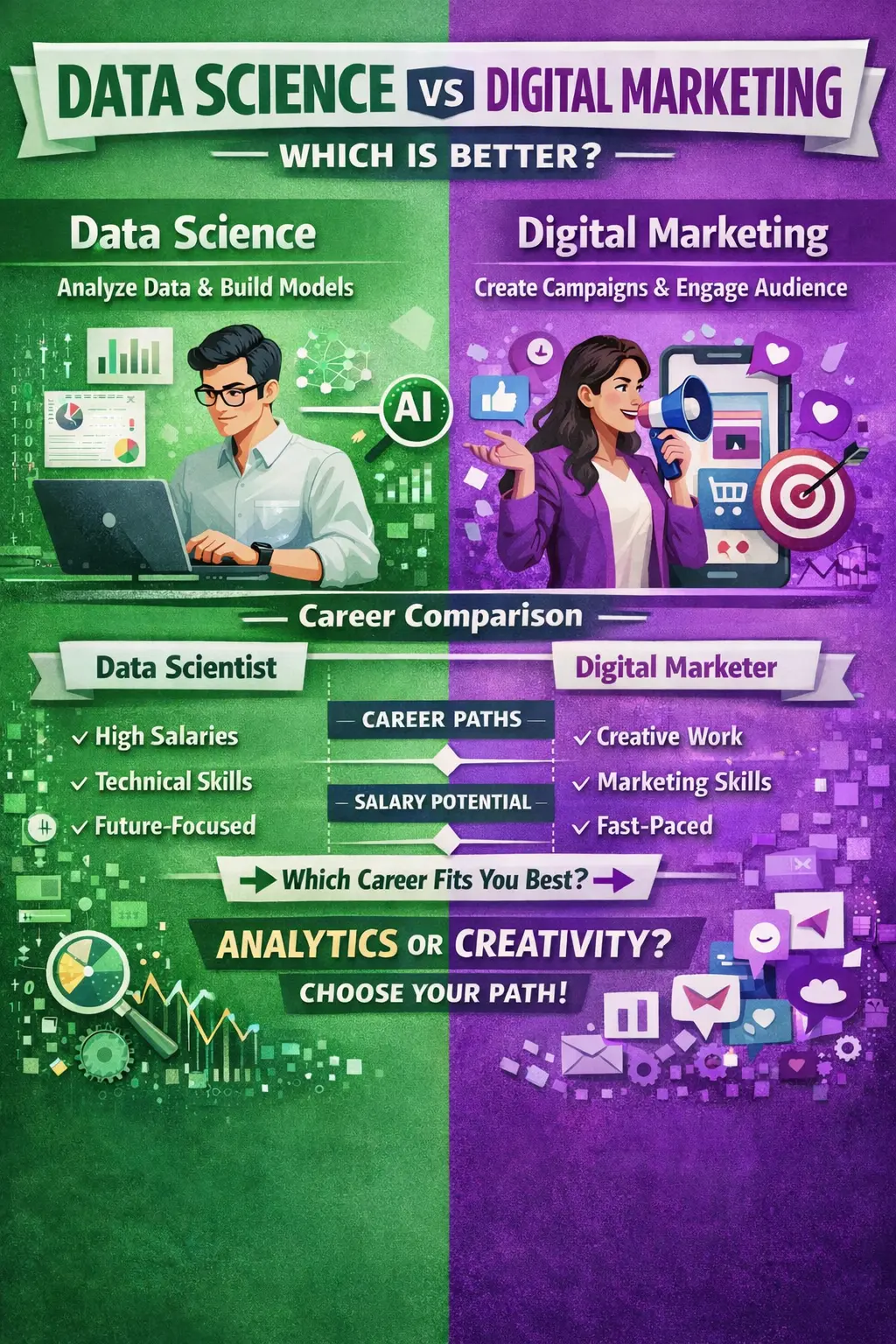
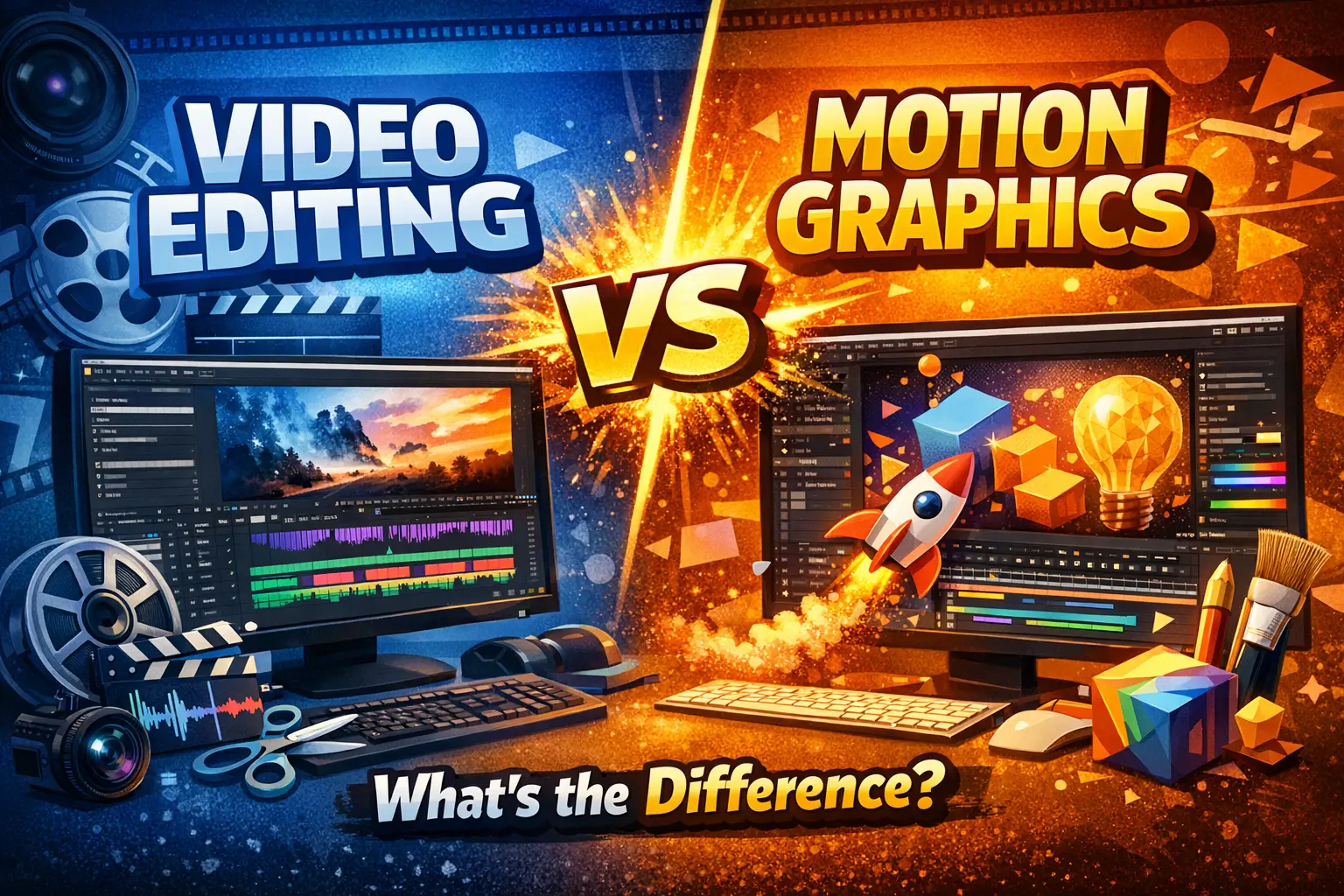

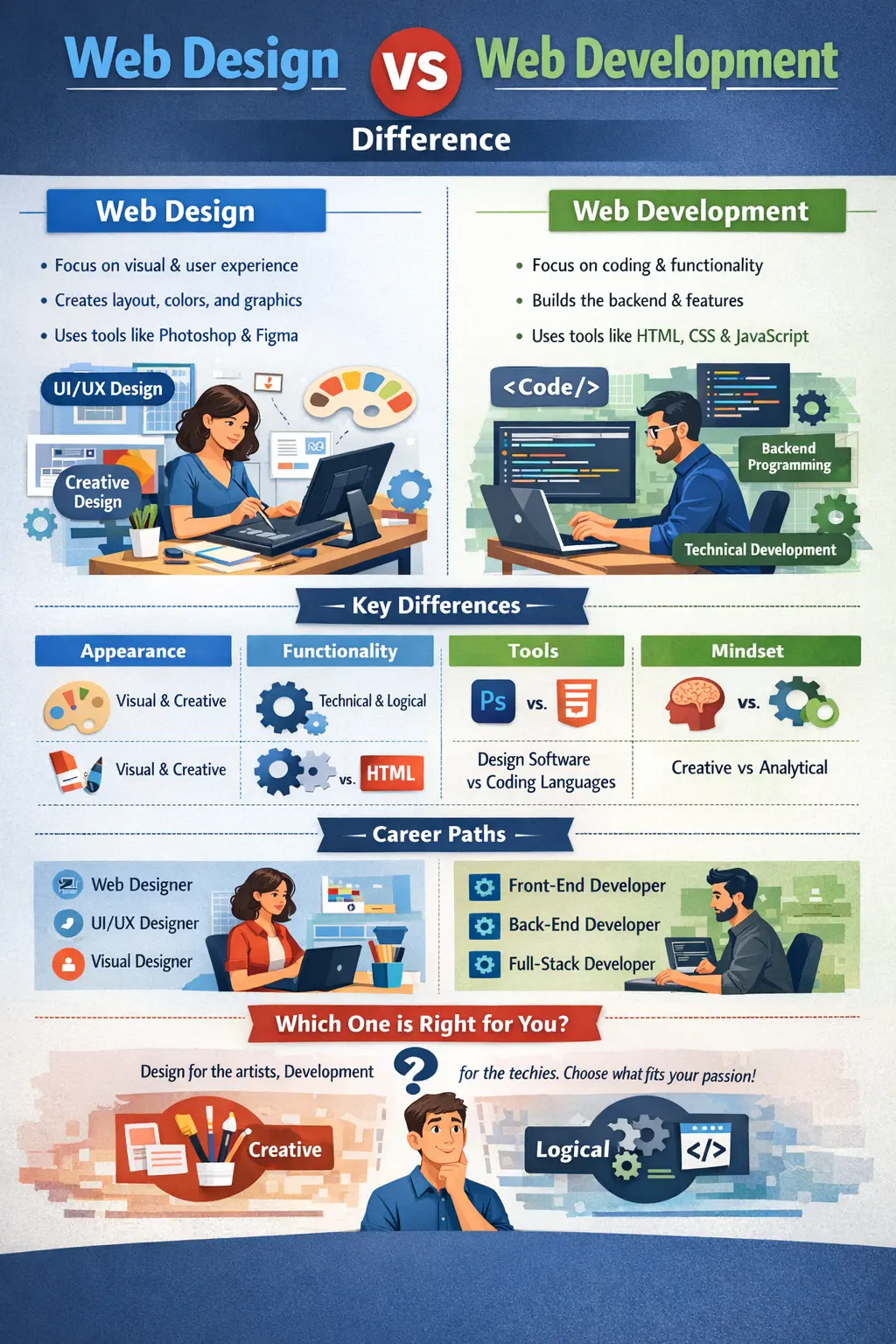
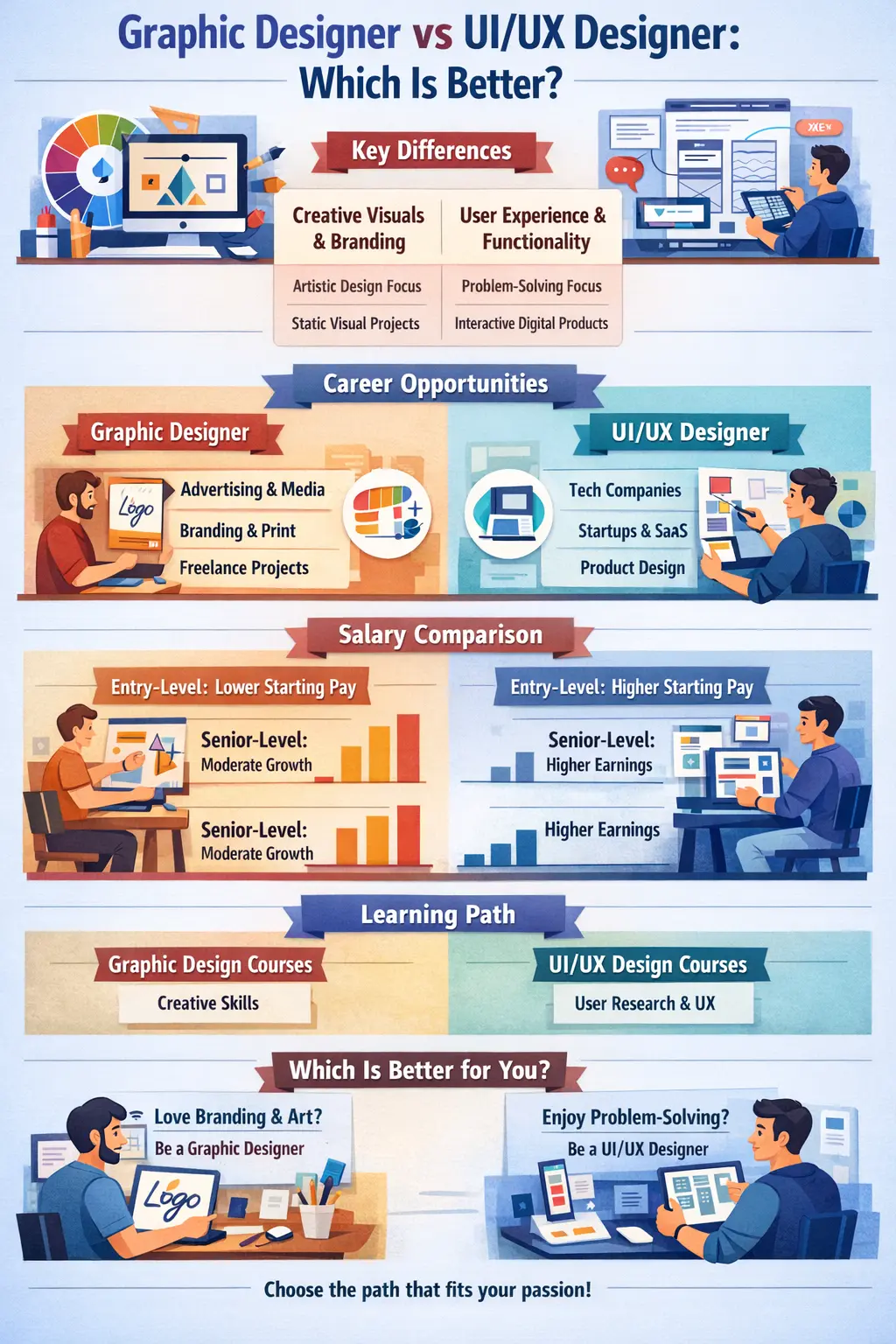
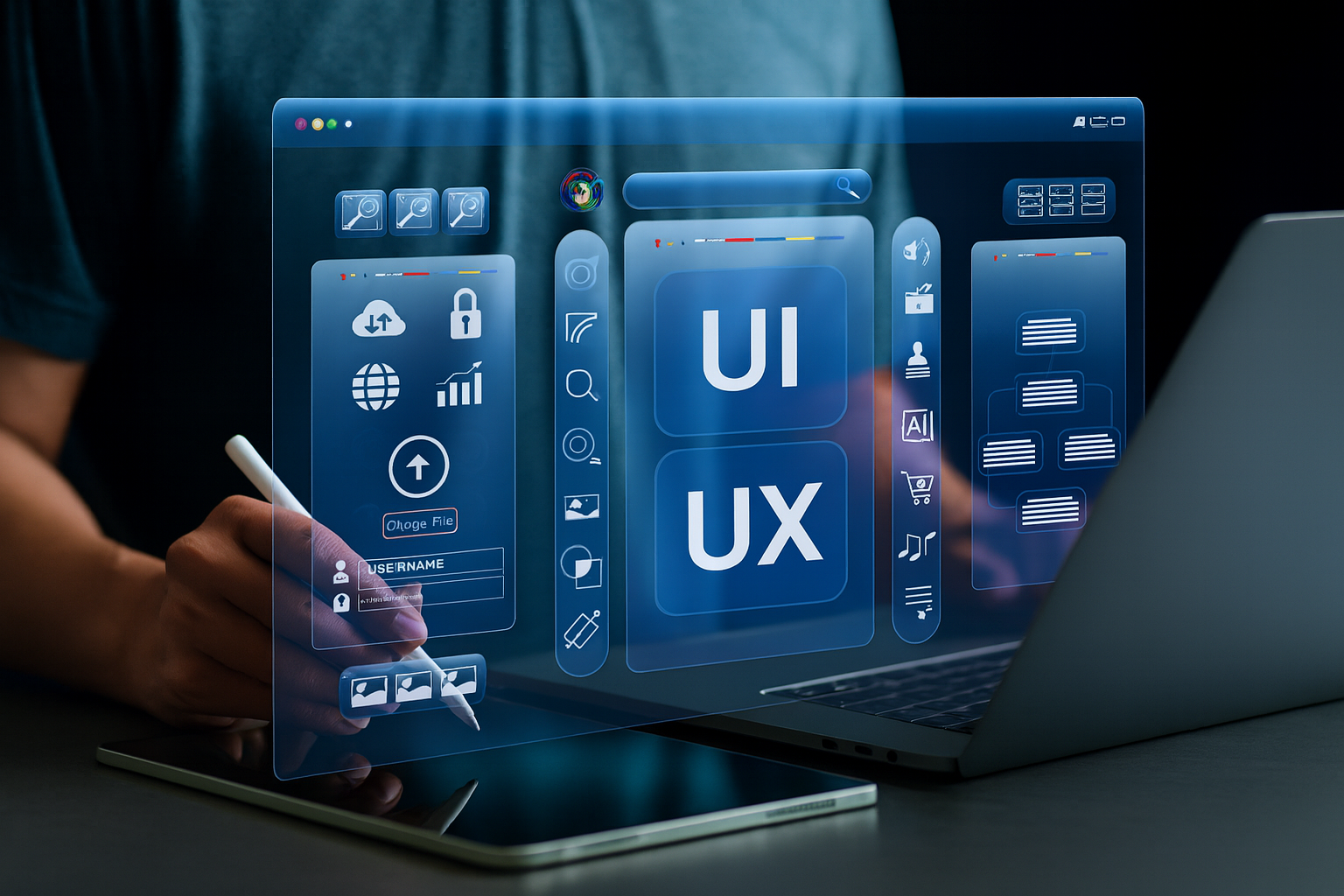
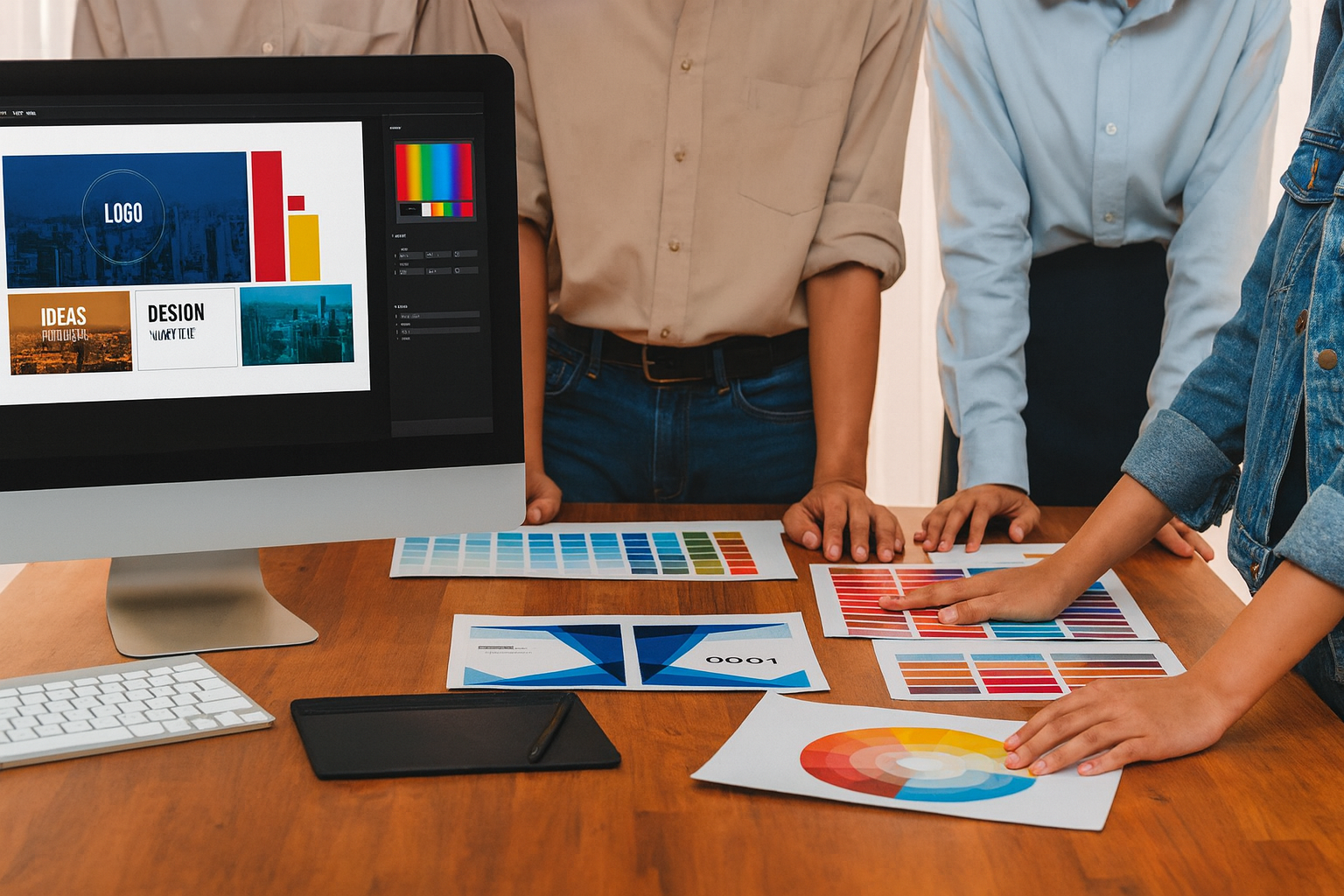
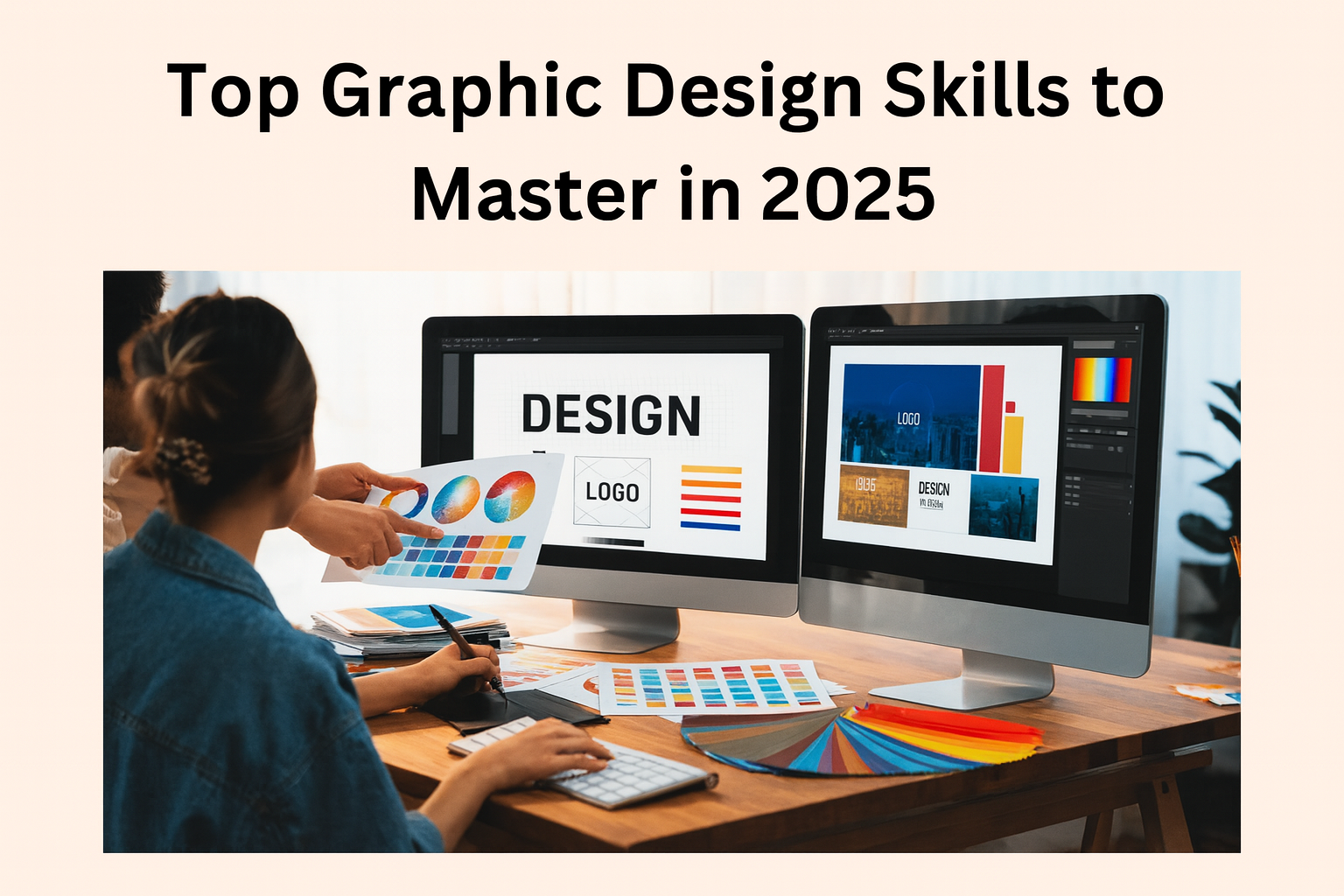
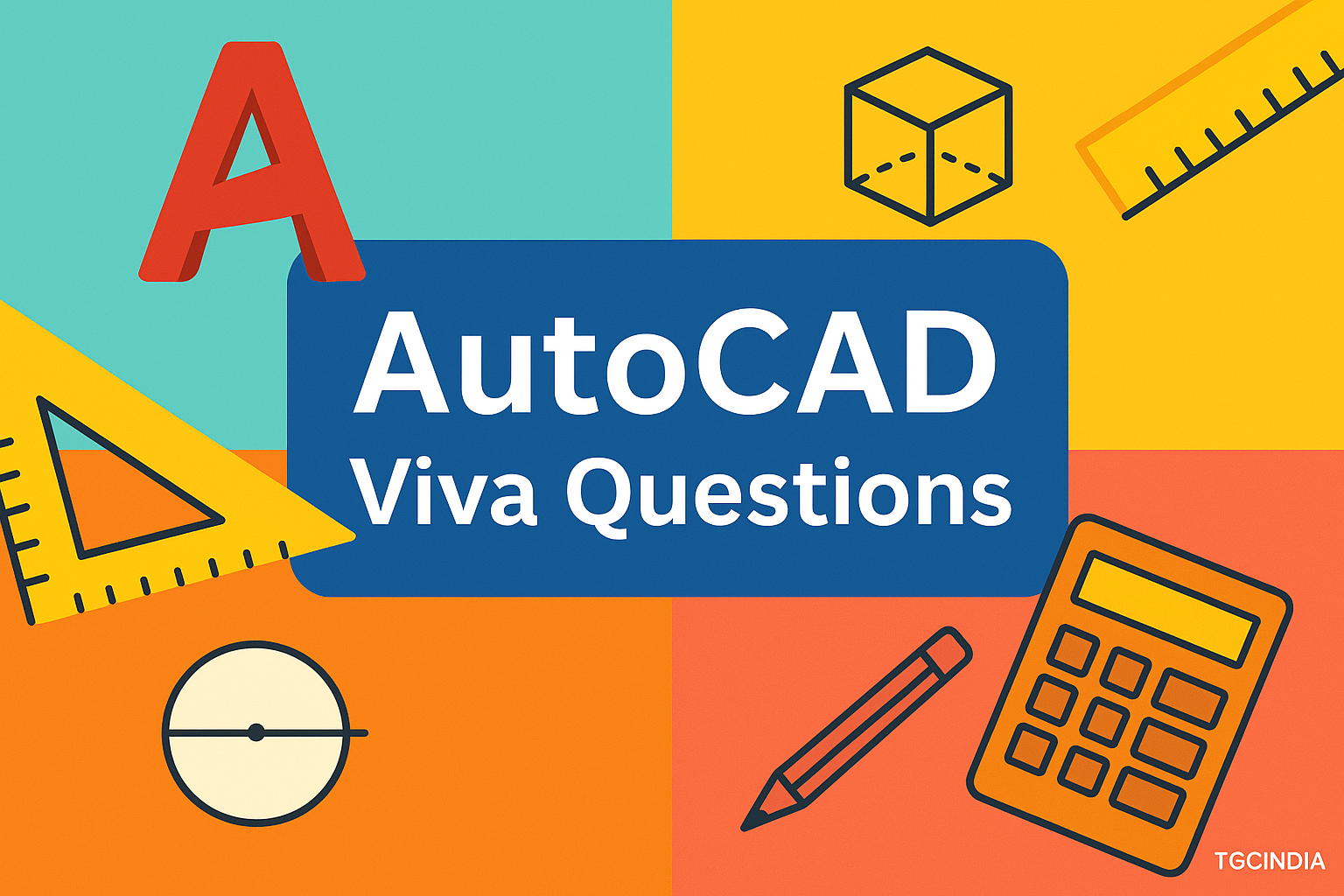
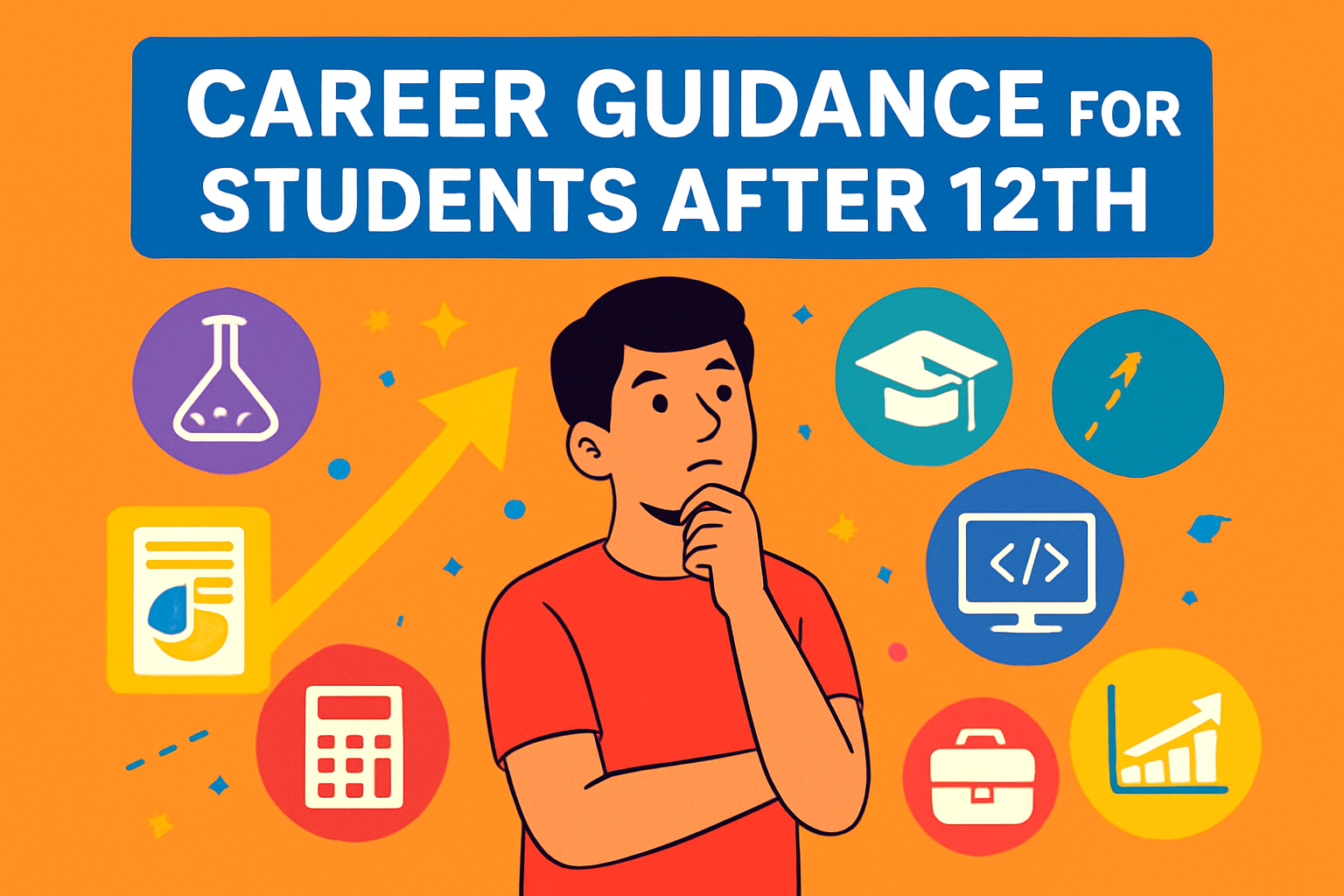
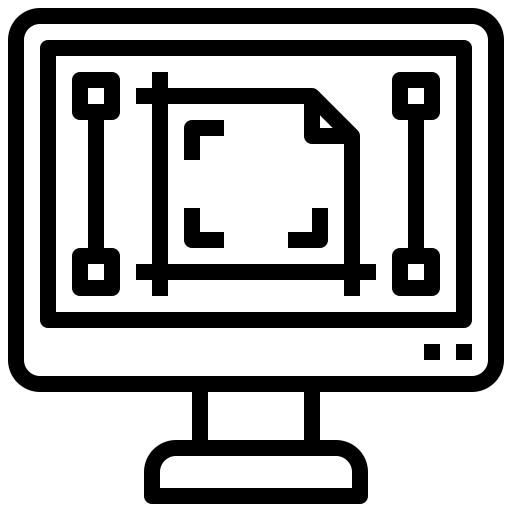
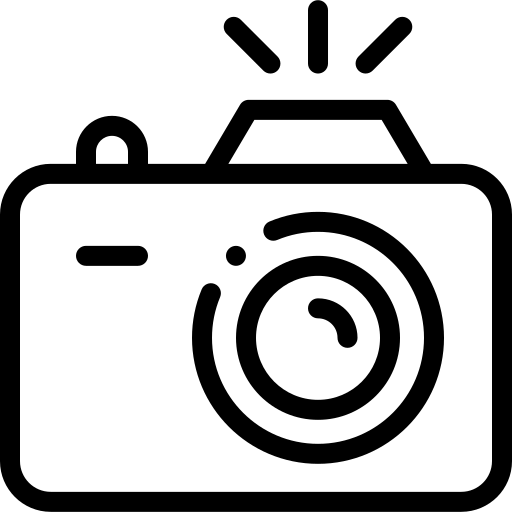

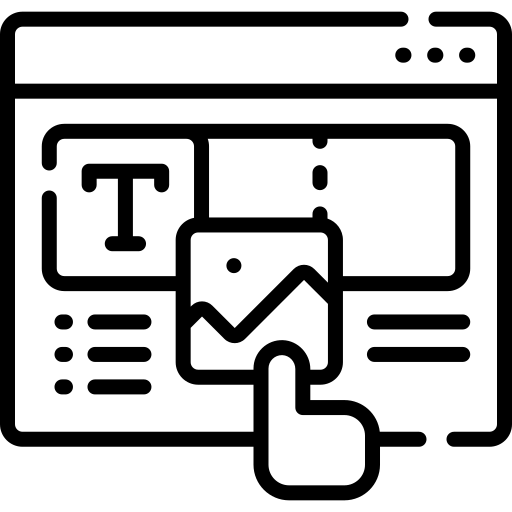
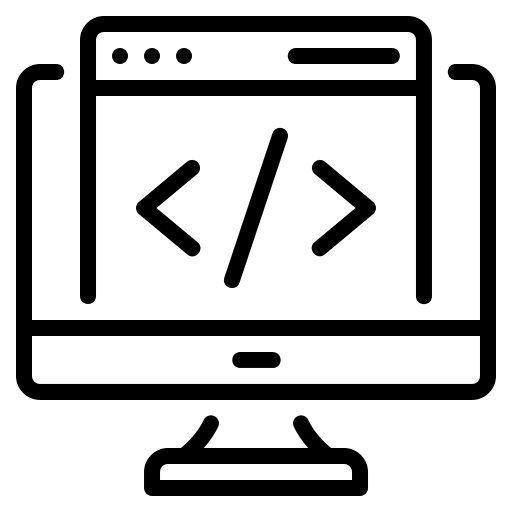

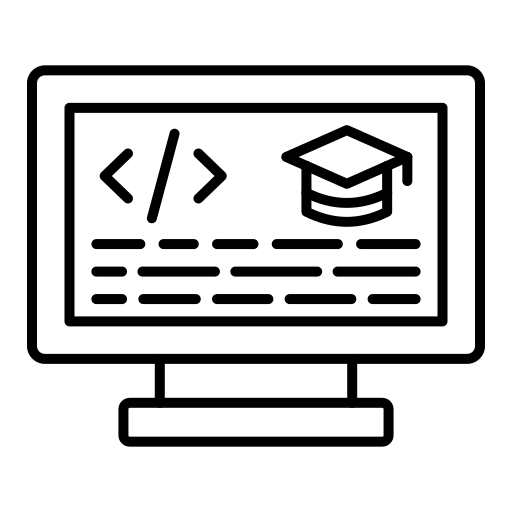
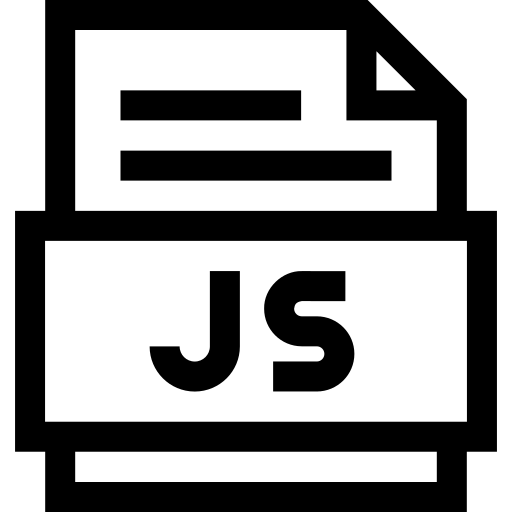
.png)







 Please select course category
Please select course category